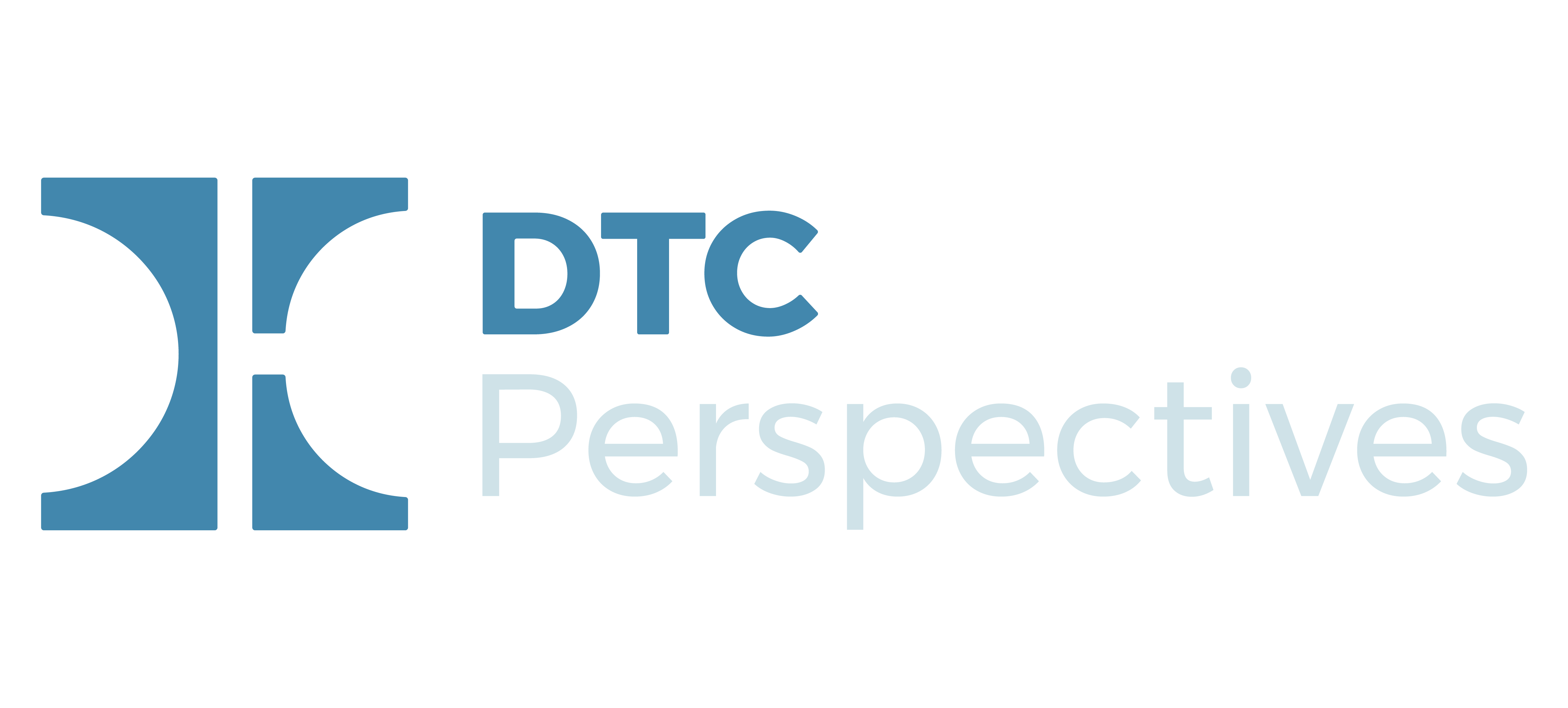 Three new member companies have joined the Point of Care Communication Council (PoC3), as announced this month: CoverWrap Communications, Rx EDGE Media Network, and Targeted Media Health (a division of Meredith Corporation). In addition to “[helping] influence and amplify the future of POC marketing. In the near term, they plan to immerse into the PoC3 Verification & Validation Guidance effort and the establishment of measurement best practices.”
Three new member companies have joined the Point of Care Communication Council (PoC3), as announced this month: CoverWrap Communications, Rx EDGE Media Network, and Targeted Media Health (a division of Meredith Corporation). In addition to “[helping] influence and amplify the future of POC marketing. In the near term, they plan to immerse into the PoC3 Verification & Validation Guidance effort and the establishment of measurement best practices.”
David M. Kenyon, CEO at CoverWrap Communications, Nate Lucht, President & CEO of Rx EDGE and Leverage Point Media, John Kenyon, VP and Managing Director with Targeted Media Health, were all in agreement as they shared their enthusiasm in joining PoC3 and helping to advocating for and strengthening the point of care space, as per the news release.
Karen Newmark, Executive Director with PoC3, shared how this continued expansion helps the association lead the progress: “PoC3 has grown tremendously over the past year, and we anticipate the growth increasing in 2020. We expect to see different types of companies, all with common interest in the PoC3 mission, wanting to build on the unprecedented momentum in the POC channel.”
Click here to read the complete news release and full team member statements: https://www.poc3.org/post/point-of-care-communication-council-welcomes-three-new-members.


 Sharecare recently launched its first-ever
Sharecare recently launched its first-ever  The pharmaceutical industry is one of the most powerful sectors in the United States. The United States government has long realized how much of an influence the industry has had since its origin over a century ago and has regulated the industry as such.
The pharmaceutical industry is one of the most powerful sectors in the United States. The United States government has long realized how much of an influence the industry has had since its origin over a century ago and has regulated the industry as such. Each of these avenues avoids the chief criticism of DTC advertising mentioned above. Promotion through proper channels to an audience primed for relevant messaging will cut back on excess doctor’s appointments and will help reduce the burden on the healthcare system. Reallocating budgets and shifting to more focused options will mean efficient marketing budgets and would ultimately help reduce healthcare costs.
Each of these avenues avoids the chief criticism of DTC advertising mentioned above. Promotion through proper channels to an audience primed for relevant messaging will cut back on excess doctor’s appointments and will help reduce the burden on the healthcare system. Reallocating budgets and shifting to more focused options will mean efficient marketing budgets and would ultimately help reduce healthcare costs. Nathan “Nate” Lucht has joined Rx EDGE® Media Network as President and CEO, as it was announced in a news release yesterday. He will take the reigns from former CEO, Jim O'Dea, who will continue on with the company as Chairman. Having held leadership roles with companies such as General Mills, Boston Consulting Group, and IRI, Lucht has an established track record of success from his background in the CPG, consulting, and data and analytics service industries. “He is experienced in leading organizations, establishing business strategy, and leveraging data and analytics to achieve results measured by not only earnings growth but also in driving customer engagement and loyalty,” stated the news release.
Nathan “Nate” Lucht has joined Rx EDGE® Media Network as President and CEO, as it was announced in a news release yesterday. He will take the reigns from former CEO, Jim O'Dea, who will continue on with the company as Chairman. Having held leadership roles with companies such as General Mills, Boston Consulting Group, and IRI, Lucht has an established track record of success from his background in the CPG, consulting, and data and analytics service industries. “He is experienced in leading organizations, establishing business strategy, and leveraging data and analytics to achieve results measured by not only earnings growth but also in driving customer engagement and loyalty,” stated the news release. According to the fifth and final chapter of the eBook,
According to the fifth and final chapter of the eBook,  Breast Cancer Healthline launched shortly before Breast Cancer Awareness month in October. This new app provides 1:1 support for patients, survivors, and caregivers through an online community that offers shared experiences, advice and encouragement, as well as the latest news, research, and information, all in real-time. As stated in the news release, “Designed by Healthline to empower people to live beyond their disease through support, hope and knowledge, the Breast Cancer Healthline app offers:
Breast Cancer Healthline launched shortly before Breast Cancer Awareness month in October. This new app provides 1:1 support for patients, survivors, and caregivers through an online community that offers shared experiences, advice and encouragement, as well as the latest news, research, and information, all in real-time. As stated in the news release, “Designed by Healthline to empower people to live beyond their disease through support, hope and knowledge, the Breast Cancer Healthline app offers: What are the challenges you see in planning for point of care? One that I see has risen is the need for a common currency: Is it doctors? Locations? Impressions? It’s critical to compare apples to apples when putting that buy in a spreadsheet, as practices are definitely not created equal.
What are the challenges you see in planning for point of care? One that I see has risen is the need for a common currency: Is it doctors? Locations? Impressions? It’s critical to compare apples to apples when putting that buy in a spreadsheet, as practices are definitely not created equal.
